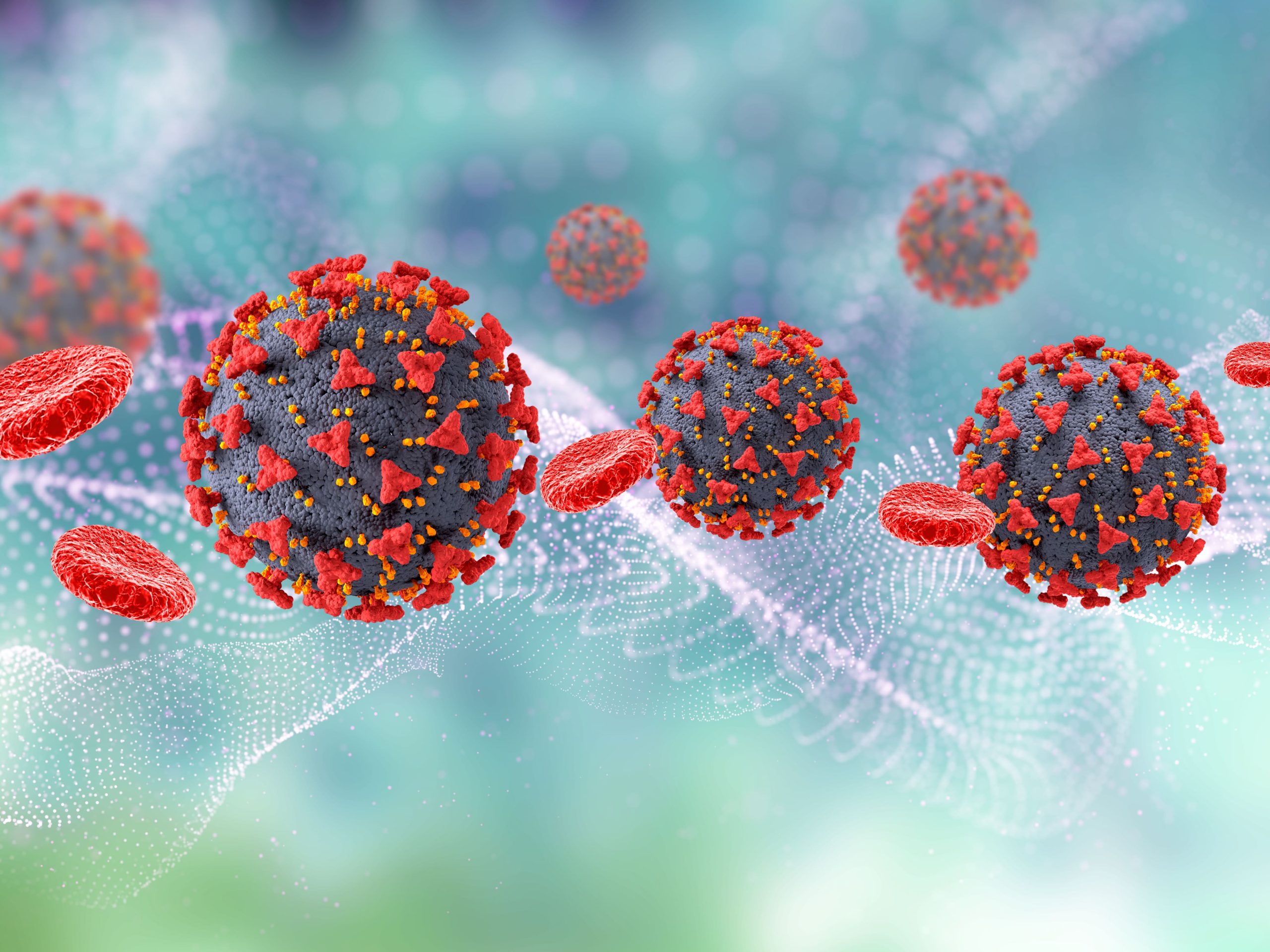KEY TAKEAWAYS
- The phase II trial aimed to evaluate the safety and efficacy of durvalumab in unresectable stage III NSCLC and ECOG PS of 2 pts who have completed definitive chemoradiotherapy.
- The primary endpoints were OS and safety. Secondary endpoints were PFS, ORR, OS12, OS, PFS, and ORR based on PD-L1 expression status.
- The study found that durvalumab is a safe and effective first-line treatment for advanced NSCLC and ECOG patients, particularly those with PD-L1 positive tumors.
Despite being the only FDA-approved treatment for a subset of advanced non-small cell lung cancer(NSCLC) patients, there is limited data on durvalumab’s efficacy and safety in this population.
Researchers aimed to evaluate the safety and efficacy of durvalumab in unresectable stage III NSCLC and ECOG PS of 2 patients who have completed definitive chemoradiotherapy. Patients diagnosed with stage IIIB/IV NSCLC received durvalumab at a dosage of 1500mg every 28 days until disease progression or unacceptable toxicity.
The primary endpoints included overall survival (OS) and safety, evaluated through grade ≥3 treatment-related adverse events (TRAEs). Secondary endpoints comprised progression-free survival (PFS), overall response rate (ORR), 12-month overall survival (OS12), as well as OS, PFS, and ORR stratified by programmed death-ligand 1 (PD-L1) expression status. Health-related quality of life (HRQL) outcomes were assessed.
About 50 patients were enrolled, with 48 receiving durvalumab. The median age was 78.5 (range 53-94), mostly former (75%) or current smokers (23%). Adenocarcinoma histology was predominant in 54%, while 21% had squamous histology. PD-L1 expression status was assessed in 73% of patients, revealing 43% with a PD-L1 score of 0, 38% with a PD-L1 score of 1-49%, and 19% with a PD-L1 score of≥50%.
The median follow-up was 28 months. Median OS was 6 months (95% CI 4-10). Grade ≥3 TRAEs occurred in 23% (95% CI 12%-37%), dehydration (1/48, 2%), optic nerve disorder (1/48, 2%), colitis (1/48, 2%), lipase increase (1/48, 2%), hyponatremia (1/48, 2%), leukopenia (1/48, 2%), fatigue (1/48, 2%), and cardiac arrest (1/48, 2%) with muscle weakness (2/48, 4.2%) and pneumonitis (1/48, 2%) being the most common.
PFS was 3 months (95% CI 2-4), ORR was 26% (10/38, 95% CI 13-43%), and OS12 was 31%. Based on PD-L1 expression, OS for PD-L1 0, 1-49%, and ≥50% was 6 months (95% CI 3-15), 10 months (95% CI 3-16), and 11 months (95% CI 0-NR), respectively. PFS for PD-L1 0%, 1-49%, and ≥50% was 3 months (95% CI 1-5), 3.5 months (95% CI 1-14), and 1 month (0-NR), respectively. ORR for PD-L1 0%, 1-49%, and ≥50% was 31% (4/13), 30% (3/10), and 25% (1/4), respectively.
Patient-reported HRQL using FACT-L showed no statistically significant change at baseline, 6 months, and end of therapy. The study found that durvalumab is a safe and effective first-line treatment for advanced NSCLC and ECOG patients, particularly those with PD-L1 positive tumors.
Source: https://cattendee.abstractsonline.com/meeting/10925/presentation/2267
Clinical Trial: https://clinicaltrials.gov/study/NCT02879617
Shaverdashvili K, Reyes V, Wang H, Mehta D, Marsh C, Waas JK, VanderWeele RA, Peracha SM, Liang H, Gerber DE, Dowell J, Villaruz LC. The Safety and Efficacy of Durvalumab as 1st Line Therapy in Patients with Advanced NSCLC and ECOG PS of 2.



